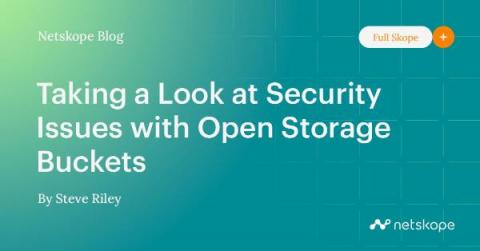10 Tips to Keep Your Cloud Storage Safe and Secure
Across the globe, we are all now always connected. People now share, upload, and download information from their phones or computers. Cloud-based storage has become incredibly popular because everything is accessible. And with multiple devices synced, you'll never have to worry about forgetting a file again. However, it's not without risks. If someone gets access to your account credentials, they could potentially view all your data stored in the cloud.











